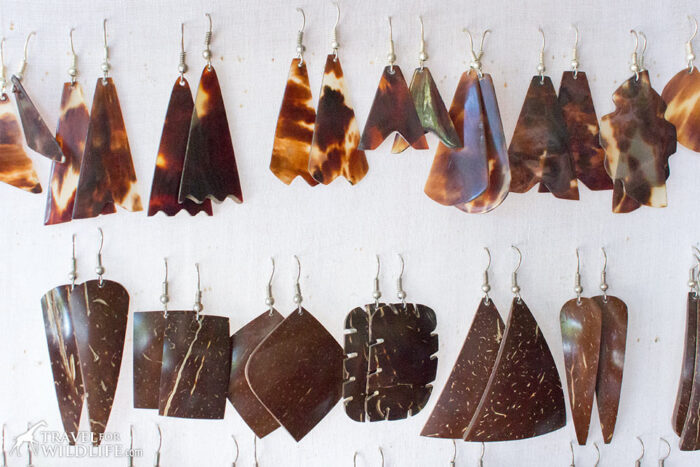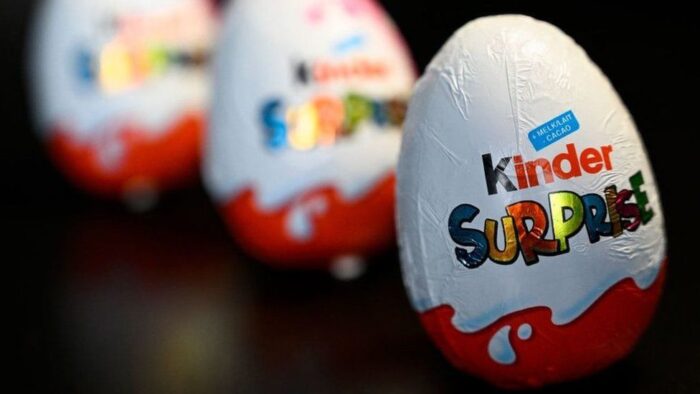
Import businesses can be very lucrative, whether you’re starting an online ecommerce company or you’re opening your own brick and mortar store. But, there are some specific things you have to know about the business or you could end up paying some extremely hefty fines. One of those things to know is what you can and can’t import into the U.S. The following are some of the items that are banned from import into the U.S., whether you declare them on your ISF filing or not.
1. Absinthe
This green anise-flavored alcoholic beverage is popular in Switzerland and France, among other European countries, but it’s not allowed in the U.S. if it contains any thujone, a compound that was once believed to cause hallucinations. While experts today tend to agree that thujone doesn’t lead to hallucinations, it’s still illegal to import any absinthe that contains this ingredient.
Moreover, you can’t bring anything into the country that has absinthe in the name or that has artwork depicting mind-altering or hallucinogenic effects. However, the thujone-free absinthe you can bring into the U.S. is legal and tastes exactly the same as the illegal kind. It also has the same effects because it’s a highly-concentrated form of alcohol. The thujone really doesn’t have anything to do with it.
2. Dog and Cat Fur

While it’s definitely not a custom in the U.S., cat and dog fur is sometimes used in other countries to make fur clothing. Most people wouldn’t want clothing made of cat or dog, but the manufacturers that use this fur are often attempting to pass it off as the fur from more valuable animals. To prevent this type of fraud and to support animal welfare initiatives, the Dog and Cat Protection Act was passed in 2000, which placed items made of dog and cat fur on the list of prohibited imports.
The fine for importing dog and cat fur, or items made of dog or cat fur is as much as $10,000 per violation, so it’s not a minor offense. If you’re importing anything that could be made of animal fur, make sure to confirm the animal it’s made of before you attempt to bring it into the U.S.
3. Unpasteurized Cheese
Since 1949, all cheese that’s made in the U.S. must be made from pasteurized milk or aged at least 60 days. Countries outside of the U.S. don’t necessarily have this mandate, so they can make their cheese from unpasteurized milk, which can taste quite different from any cheese you can get in the country. Cheeses like Brie and Camembert are made from raw milk, and while they’re very popular in Europe, it’s more challenging to get them in the U.S.
The reason behind this ban is that unpasteurized milk was deemed unsafe for human consumption. Pasteurization requires milk products to be heated to 145°F for at least 30 minutes to kill any bacteria that might be in the liquid. This process also gives the products a longer shelf life. Cheese that is made from raw milk can’t withstand the 60-day age requirement, which is another reason it can’t be imported into the U.S.
4. Products Made from Sea Turtles

It’s not surprising to find an exotic animal or products made from that exotic animal on the list of banned import items for the U.S. But, it might be surprising to discover how many items are made from sea turtle shells, including jewelry, decorative objects, and other accessories, like hair combs. In some countries, like Japan, it is still a tradition to wear hair combs made from turtle shells for weddings.
In the U.S., though, it is illegal to import any items made from sea turtles under the Convention on International Trade in Endangered Species of Wild Fauna and Flora (CITES). The hawksbill sea turtle has been on the CITES banned list since 1975, but the U.S. specifically bans items made from any sea turtle species in addition to the hawksbill.
5. Rice
Many agricultural products are on the banned list for imports to the U.S. because they present a risk of disease and pests. Rice is one such product that is banned specifically from countries along the Tropic of Cancer, from Morocco to Bangladesh. Rice from these countries has a high risk of Khapra beetle infestation. This bug is an invasive species that eats grain and is considered one of the 100 worst pests in the world.
There are some restaurants that can import rice from these countries, but they have to go through a rigorous inspection process with the U.S. Department of Agriculture. So, if you’re determined to import rice from a Tropic of Cancer country, you may be able to, but you’ll have to undergo a lengthy and complex process to get it into the U.S. All other imports of this rice are banned, and even bringing in rice from other countries is discouraged.
6. Kinder Chocolate Eggs

The Italian-made Kinder Egg is an extremely popular treat all over the world, but the original Kinder Egg is banned in the U.S. because it contains a small toy within a hollow chocolate egg. Under the Federal Food, Drug, and Cosmetic Act, any candy that includes an embedded toy is illegal because it presents a choking hazard.
To get around this ban, Ferraro, the candy-maker, started producing an alternative chocolate egg product that includes a toy in a separate package just for U.S. consumers. It’s not as fun as the original, so people still try to sneak this product into the country to get the full experience. Reportedly, the Customs and Border Protection (CBP) seizes between 30,000 and 60,000 original Kinder Eggs each year.
Conclusion
This is not an exhaustive list of everything that is banned from being imported into the U.S., but it is a good start. To get the full list, visit the CBP website so you know exactly what you can and cannot bring into the country.
















